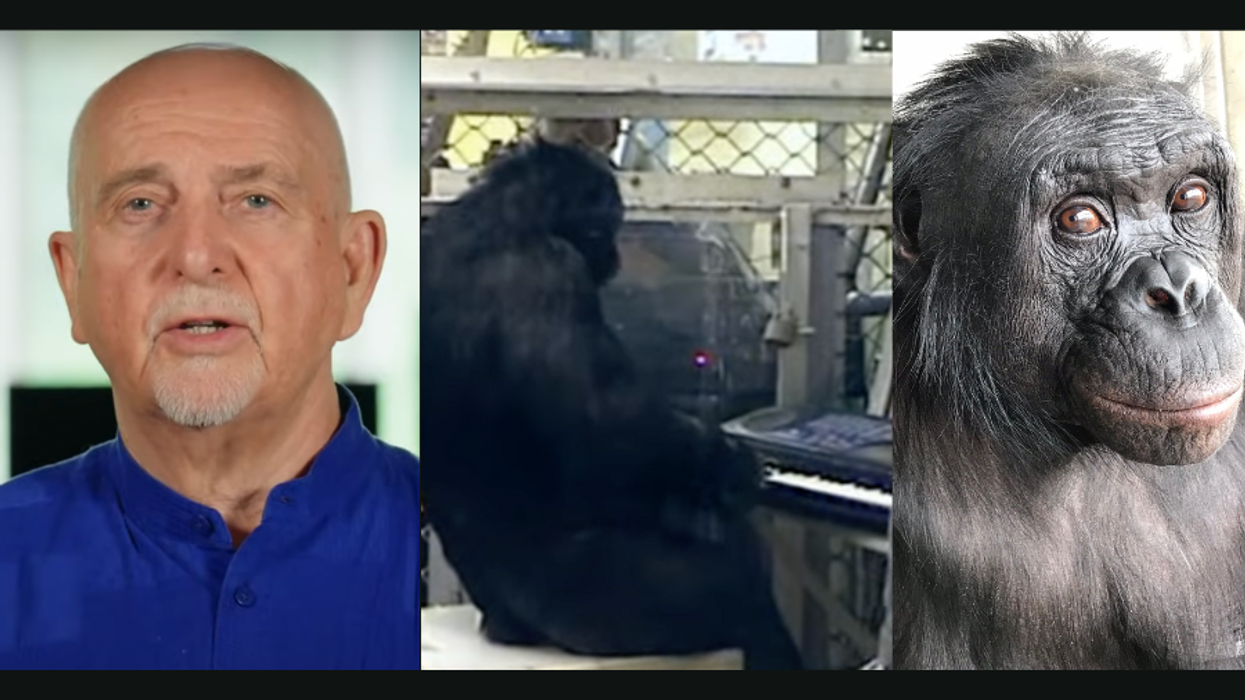“There’s so much anxiety and fear in being an artist in this country to begin with, especially as you get older,” said Ken Bolden, a 53-year-old adjunct professor and actor. “For my friends who get married and start having children, not having health care is a real issue. So they start dropping out of the arts.”
Bolden, a past professor of mine at the University of Pittsburgh, was one of the first people I interviewed for the Healthy Artists documentary series. Since 2012, I’ve been visiting the apartments and art studios of creative people in Pittsburgh. Equipped with a Sony handycam, a small team of volunteers, and high ambitions, we set out to investigate the health care crisis endemic to the arts community.
“I went through bankruptcy last year because of medical bills, even with insurance,” said Jenn Gooch, when I interviewed her on film. Gooch is a 34-year-old indie folk musician, artist, and Carnegie Mellon graduate. “Economically, the best thing we could offer our citizens is health care, because as a lower-income entrepreneur, it’s impossible to start a small business or be self-employed if you don’t have insurance, especially if you have pre-existing conditions.”
Every artist seemed to have a story. There was Davon Magwood, a 26-year-old uninsured comedian, who couldn’t afford to see a doctor for his heart palpitations; Mary Tremonte, a 33-year-old printmaker, who worked a nonprofit job for over a decade that never provided her with health insurance; and Morgan Cahn, a 32-year-old artist who was wowed by the superiority of universal health care in the U.K. when she moved abroad for graduate school.
“I love the NHS [National Health System],” Cahn said. “It is embarrassing how I had learned to put off going to the doctor. I couldn’t afford to get treated in the U.S.”
The United States is the only industrialized nation that does not provide universal health care to its citizens. We notoriously pay more for health care and get so much less. The U.K., Canada, and Australia have a type of universal health care known as single-payer—a proven, effective solution that could save our country $350 billion a year, with those savings used to provide medical, dental, vision, prescription, and mental health care coverage to all Americans. The Affordable Care Act is a step in the right direction, but it is still a far cry from the single-payer system Obama once endorsed.
Fortunately, the Affordable Care Act encourages individual states to develop single-payer. States can apply for an innovation “waiver” and start implementing their own plans starting in 2017. Vermont Governor Peter Shumlin led the way when he signed Green Mountain care into law in 2011, establishing a road map for a state-level single-payer system. Larger and less progressive states will need more help getting single-payer off the ground, and that’s where artists and creative people can really help.
The single-payer movement has yet to capture the heart of the youthful demographic (approximately 18-40 years of age) essential in generating political change. Obama’s 2008 campaign won us over with the help of posters by street artist Shepard Fairey, and the resounding optimism of “Hope” and “Change.” Single-payer needs powerful graphic design and visuals, social media and web outreach, youthful community events and rallies, and creative storytelling to give a face to the issue.
This September 2013, the Huffington Post credited the “passion and creativity” of our Healthy Artists project with helping to keep single-payer “alive and well in the political arena.” Here in Pittsburgh, we hold art exhibitions, community film screenings, talks, and workshops that bring together artists, activists, students, educators, doctors, and politicians. We’ve also created a resource of about 40 video documentaries and written profiles that are easy to access and available online for free.
Just imagine if creative people in cities across America got involved in single-payer advocacy. Students could revitalize the movement and influence real political change, while building their artistic portfolios. Professional artists could partner with health care nonprofits and obtain grants; they could receive institutional, financial support to use their creative skills in support of single-payer. Single-payer advocacy provides an opportunity for artists to make a true investment in the social justice issue of the 21st century, as well as in their own health and creative freedom. Consider starting a project in your community.
Images from the Healthy Artists Movie Poster Exhibition













